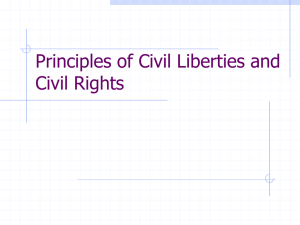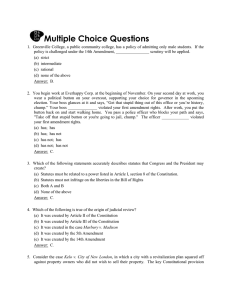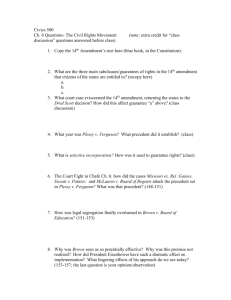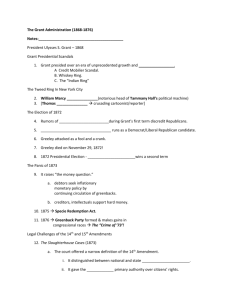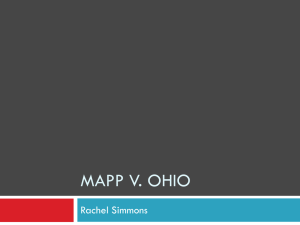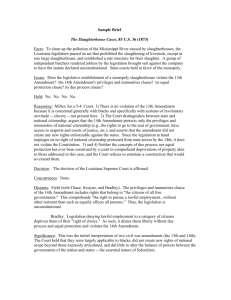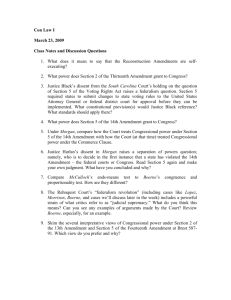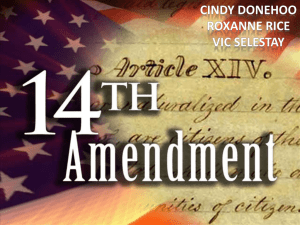14th Amendment: Section 5 of the 14th Amendment provides the
advertisement
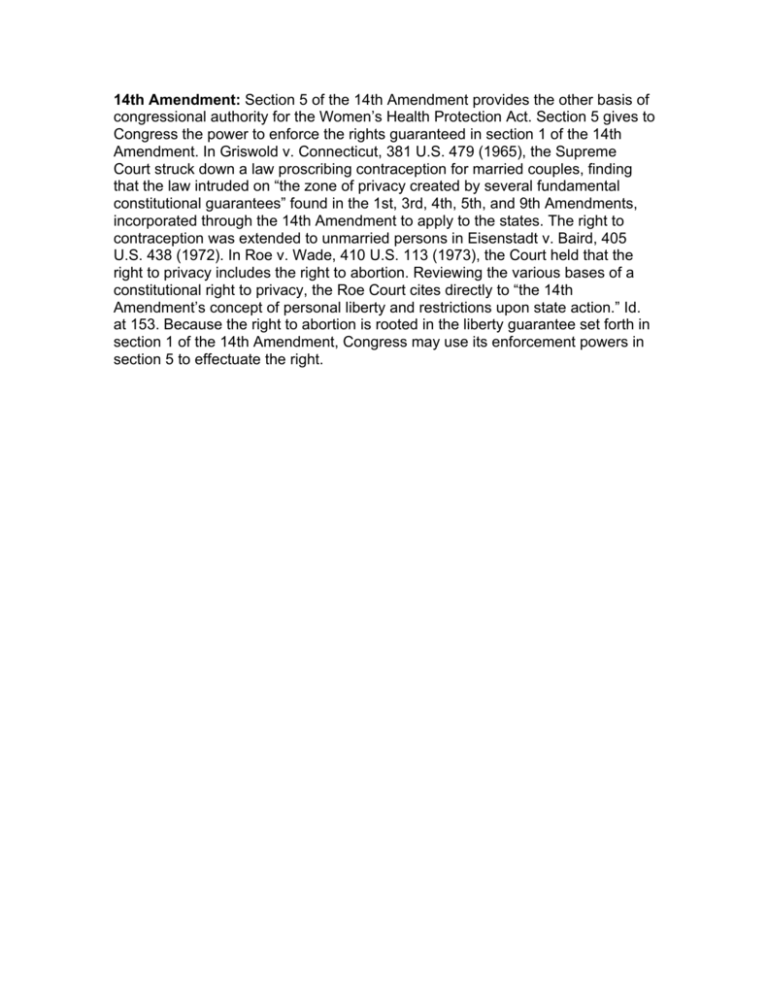
14th Amendment: Section 5 of the 14th Amendment provides the other basis of congressional authority for the Women’s Health Protection Act. Section 5 gives to Congress the power to enforce the rights guaranteed in section 1 of the 14th Amendment. In Griswold v. Connecticut, 381 U.S. 479 (1965), the Supreme Court struck down a law proscribing contraception for married couples, finding that the law intruded on “the zone of privacy created by several fundamental constitutional guarantees” found in the 1st, 3rd, 4th, 5th, and 9th Amendments, incorporated through the 14th Amendment to apply to the states. The right to contraception was extended to unmarried persons in Eisenstadt v. Baird, 405 U.S. 438 (1972). In Roe v. Wade, 410 U.S. 113 (1973), the Court held that the right to privacy includes the right to abortion. Reviewing the various bases of a constitutional right to privacy, the Roe Court cites directly to “the 14th Amendment’s concept of personal liberty and restrictions upon state action.” Id. at 153. Because the right to abortion is rooted in the liberty guarantee set forth in section 1 of the 14th Amendment, Congress may use its enforcement powers in section 5 to effectuate the right.


